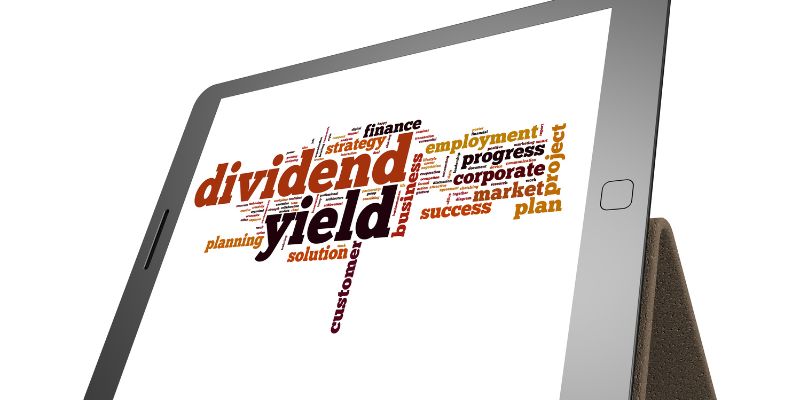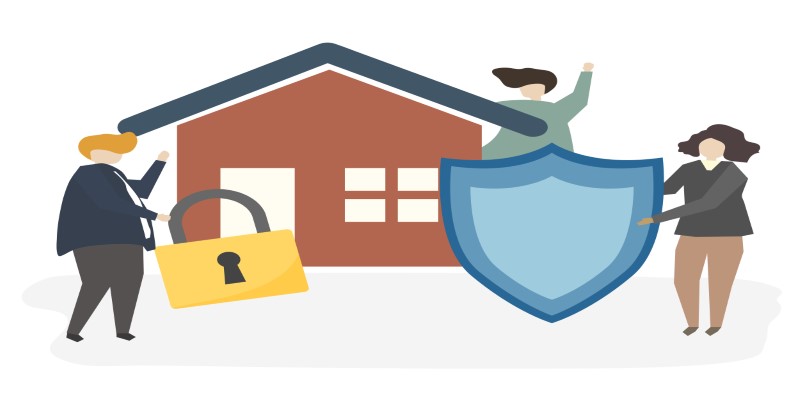Call loans are set up in this fashion to reduce the lender's risk. If a lender believes a borrower can't return a loan, they can revoke it. This includes declining credit scores, collateral value, or unfavorable macroeconomic situations.
Methods Used in Obtaining a Loan Via Telephone
When the demand for margin trading from clients exceeds the available cash in their accounts, brokerages often take out call loans from financial institutions to satisfy the short-term funding needs of customer margin accounts.
Individuals and businesses can choose between two main types of callable loans. To begin, a loan on demand typically takes the form of a line of credit. You can prepay any or all of the funds from your loan whenever you like utilizing this credit line.
The second alternative is a lender-provided term call option. Lenders routinely perform these checks at predetermined periods. The lending institution may suggest a 10-year loan with evaluations every two years. The lender can "call" the loan during the review periods.
Banks regularly give call loans to brokerage firms to fill customer margin accounts, and such lenders maintain the right to demand repayment at any time.
Warnings and Exceptions
The rate at which interest is charged on a call loan is set daily, also known as the call loan rate or the broker's call. The margin loan interest rate is calculated using the call loan rate. It's typically 1% above the going rate for short-term loans.
Brokerages will occasionally use funds from a call loan to finance trading activity, underwriting efforts, or the acquisition of assets for their house accounts. Securities can be pledged as collateral for loans.
Banks often offer brokerage businesses a 24-hour notice to repay debts. The broker may terminate the loan without incurring any fees, and the bank providing the loan may require repayment at any time.
Borrowers can get callable loans, while borrowers who aren't corporations can access installment loans. Most loans are repaid in a series of installments issued on a specified schedule because few borrowers will have enough money to pay off the entire principal balance at once. Consumers also frequently use revolving credit, such as credit cards. However, the repayment amount changes greatly from purchase to purchase.
The concept of call loans originated in the 1920s as a way to spur economic growth while protecting lenders from defaulting borrowers.
One example of a call loan is the following:
ABC Bank grants a call loan to XYZ Brokerage. XYZ Brokerage is using the pledged securities as security for the loan. The value of the stock collateral for the loan declines during the next few days, meaning it no longer completely compensates ABC Bank for the amount it has borrowed from XYZ Brokerage. This debt must be paid immediately, as ABC Bank has now called for payment.
What Is a Call Loan?
With a call loan, the lender can demand immediate repayment of the principal at any time. Before foreclosing, the lender might have some conditions they want to be met first.
Is There a Name for the Money Lent by Banks?
When a brokerage firm enters a callable loan, the securities bought with the loan money are often pledged as collateral. In the event of a loan default, the lending institution has the right to seize the borrower's assets and collect any funds realized from the sale.
When a bank "calls" a loan, the borrower is given a certain amount of time (often 24 hours) to repay the outstanding balance.
In Search of "Call Money's" Meaning
Any loan that must be repaid in full by the borrower upon demand by the lending institution is known as "call money." "Call money" refers to short-term loans from one financial institution to another.
Price of a Callable Loan, Please.
A lender charges the annual percentage rate (APR) for a short-term loan made through a broker-call dealer. Variations in the call loan rate are reported daily in the Wall Street Journal and other newspapers and periodicals. The state of the market, the accessibility of funds, and the prevailing economic climate are all taken into account.
When Can Lenders Force Prepayment of a Loan? 
According to the terms established at the time of the loan's inception, the bank may exercise its right to call the loan. Under certain circumstances, the loan could be repaid immediately. Borrower default occurs when the borrower fails to meet the requirements of the loan agreement, such as paying payments on time or not allowing the value of collateral to drop below a predetermined level.




